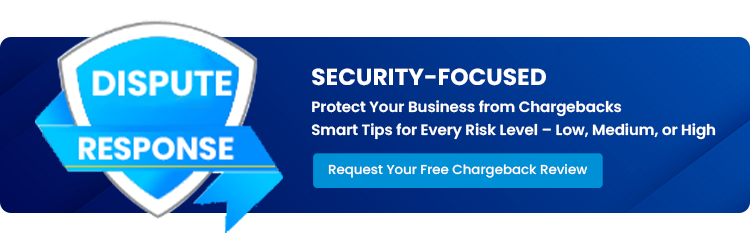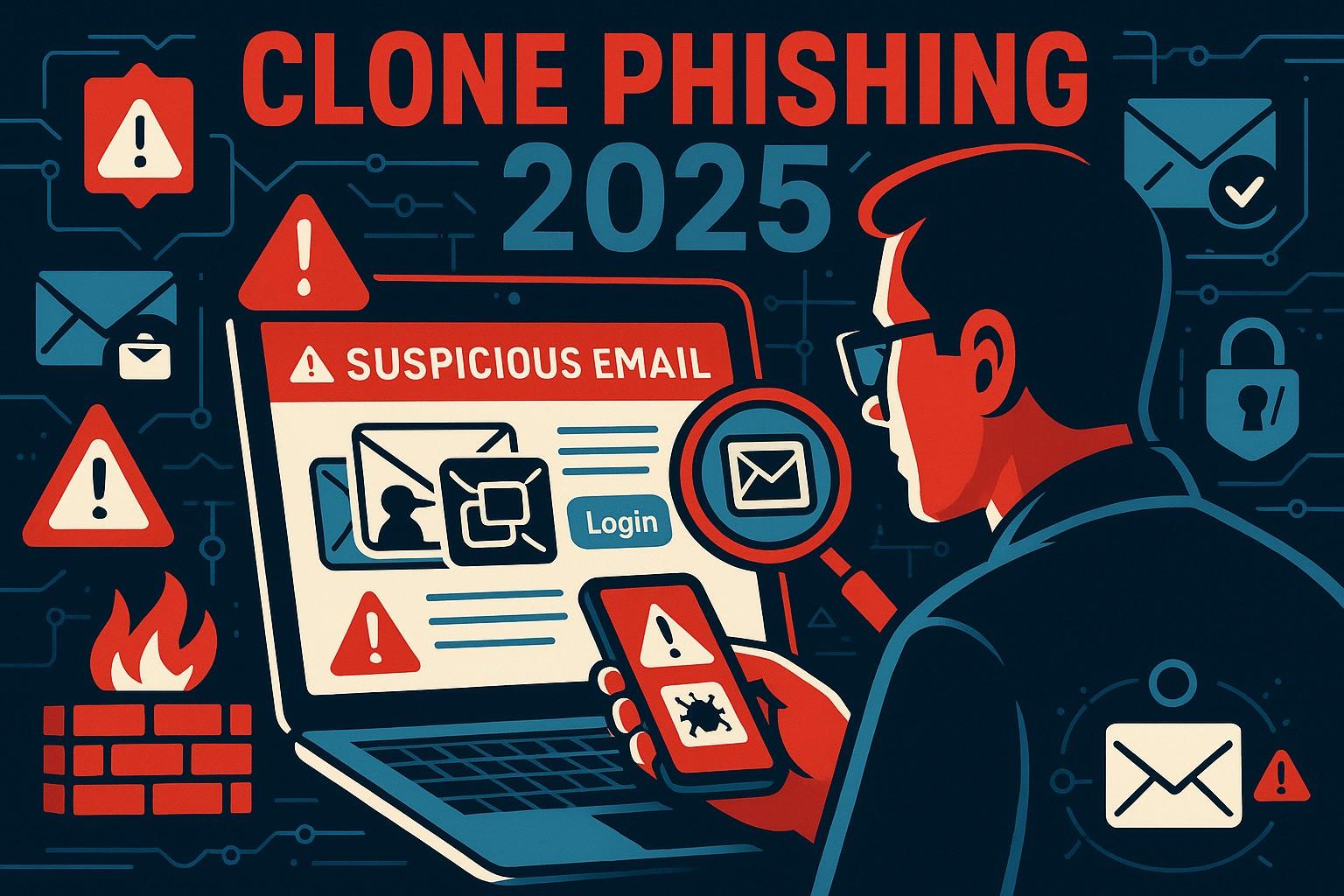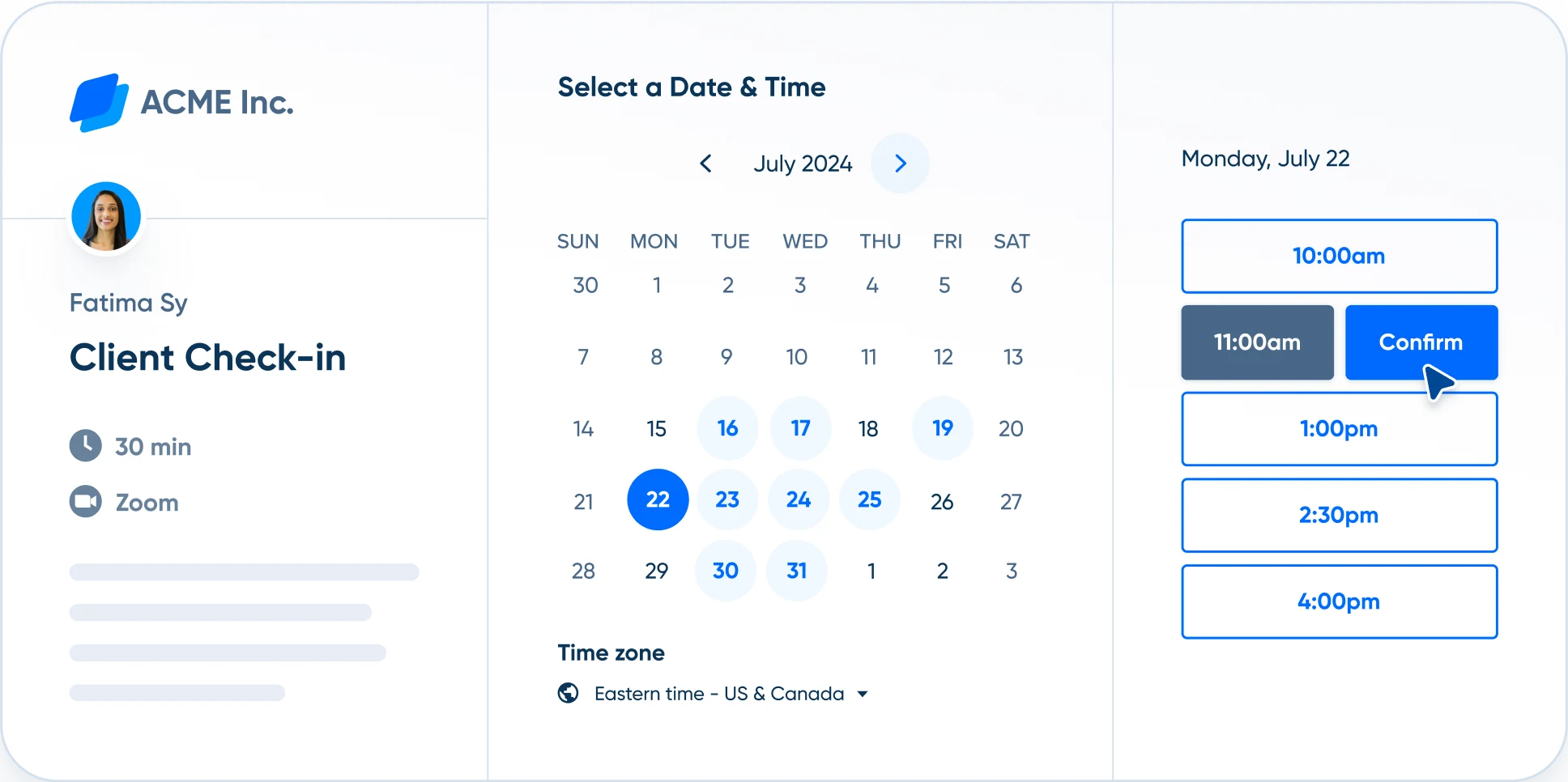Chargeback Management Services - Dispute Response Sep/ 2/ 2025 | 0
Clone phishing is a growing threat for businesses in the digital age. This sophisticated scam involves replicating legitimate emails and altering them to trick recipients into clicking malicious links. In this post, we will delve into the risks, how it works, and practical steps you can take to protect your business and customers from this dangerous cybercrime.
What is Clone Phishing?
Clone phishing occurs when a hacker duplicates a legitimate email previously sent to the target. The scammer modifies the content and sends it again, usually with a link or attachment containing malware. The victim believes they are interacting with a trusted source, unaware of the malicious intent behind the email.
Why Should Businesses Care?
In 2025, businesses are more vulnerable to phishing attacks than ever before. Clone phishing can lead to significant financial losses, data breaches, and damage to your company’s reputation. Here are a few reasons why you should prioritize prevention:
- Customer Trust at Risk: Once customers fall victim to phishing attacks, their trust in your business may be permanently damaged.
- Data Theft: Hackers can gain access to sensitive information, including login credentials, financial data, and personal details.
- Legal Consequences: Data breaches resulting from phishing attacks could expose your business to legal liabilities and fines under various privacy laws.
How Clone Phishing Works
Clone phishing is often harder to spot than traditional phishing because it uses familiar email templates from legitimate sources. The attacker typically replicates the email to look exactly like the original, including sender addresses, subject lines, and content.
Common tactics used in clone phishing include:
- Impersonation of Trusted Brands: Hackers often impersonate well-known companies, like payment processors, banks, or service providers.
- Urgent Requests: The emails often contain a sense of urgency, encouraging recipients to click on the malicious link or open the attachment immediately.
- Fake Security Alerts: Some attackers use cloned emails to send fake security alerts, prompting the victim to take action that ultimately compromises their security.
How to Protect Your Business from Clone Phishing
Here are several key strategies to prevent clone phishing attacks and safeguard your business and customers:
1. Educate Your Employees and Customers
- Regularly train staff to recognize suspicious emails and avoid clicking on unknown links.
- Encourage customers to verify any suspicious communication by contacting your business directly.
2. Implement Strong Email Authentication
- Use SPF (Sender Policy Framework) and DKIM (DomainKeys Identified Mail) to verify the legitimacy of emails sent from your domain.
- Enable DMARC (Domain-based Message Authentication, Reporting, and Conformance) to protect against email spoofing.
3. Monitor for Fake Email Domains
- Regularly check for similar-looking domain names that could be used for phishing attacks. Setting up alerts for newly registered domains can help detect clone phishing attempts early.
4. Use Anti-Phishing Tools
- Invest in advanced phishing detection tools that scan incoming emails for malicious links, attachments, and fake sender addresses.
5. Enable Two-Factor Authentication (2FA)
- Implement 2FA for critical accounts and systems to add an extra layer of security, even if a user’s login credentials are compromised.

Email us anytime!
Email customer service 24/7

Call us anytime!
Reach customer care 24/7 at +1 (888) 927-5152
Conclusion: Staying Safe from Clone Phishing in 2025
In today’s digital landscape, clone phishing is a growing risk for U.S. businesses. By understanding how these attacks work and taking proactive steps, you can protect your business from falling victim to this scam. Stay vigilant, educate your team, and implement the best cybersecurity practices to ensure your business and customer data remain secure.


